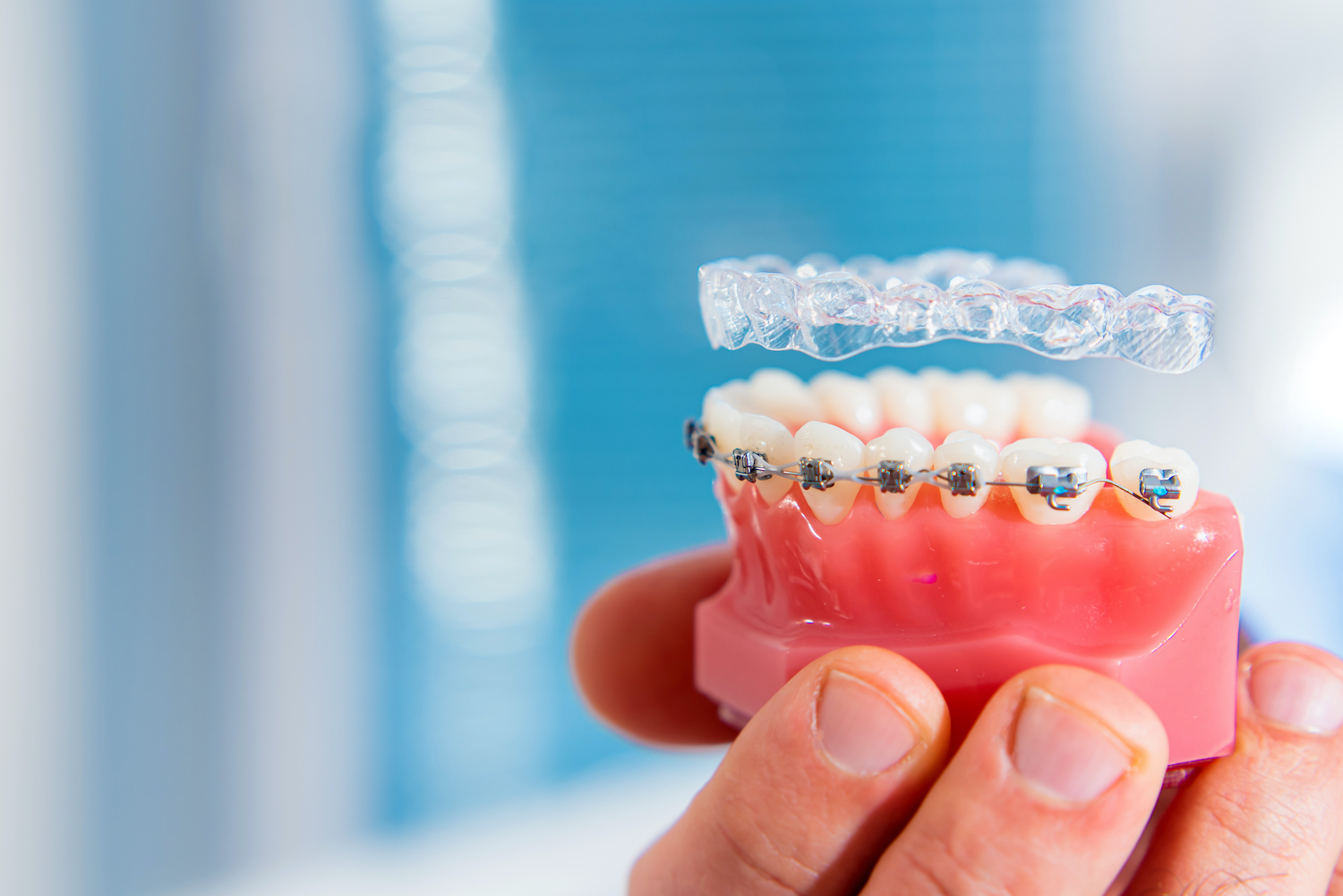Orthodontic treatment plays a key role in achieving a beautiful smile and optimal oral health. Traditional metal braces have been the main choice for teeth alignment for decades, effectively correcting a variety of orthodontic issues. However, their application presents some challenges in terms of oral hygiene maintenance. More specifically, the structure of this orthodontic appliance makes oral hygiene difficult, as it increases the risk of trapping food and bacteria around the teeth.
What problems do braces create when it comes to oral hygiene?
First, the presence of metal hooks and wires creates many nooks and crannies where plaque can accumulate. Plaque builds up on the surface of the teeth and gums every day, regardless of whether the patient wears braces, but when braces are placed on the teeth, then these orthodontic appliances can make plaque removal more difficult. The food trapped around the braces is ideal fuel for the micro-organisms in the plaque. Plaque build-up can lead to tooth decay, gingivitis and other dental problems. These bacteria in plaque can also cause infection and inflammation of the gums, resulting in gingivitis. Gingivitis is a fully reversible inflammation of the gums characterized by bleeding and edema. However, if left untreated, it can also affect the bone that supports the teeth.
At the same time, the complex design of the metal hooks prevents the effective removal of food particles and plaque. Patients often have difficulty flossing and brushing around metal hooks and wires, which increases the risk of oral hygiene problems. Finally, certain foods, such as sticky candies and hard shell nuts, can damage or loosen the metal braces. Therefore, patients undergoing orthodontic treatment with this device usually need to follow dietary restrictions to avoid complications.
Oral health maintenance with Invisalign aligners
Orthodontic treatment with Invisalign involves the application of invisible, removable aligners, which gradually move the teeth into the desired position. Unlike metal braces, these invisible aligners offer many advantages when it comes to maintaining oral hygiene. First, they are removable, which allows patients to remove them while eating, brushing and flossing. This feature greatly simplifies oral health routines, promoting better patient compliance and reducing the risk of dental problems that may occur if oral hygiene is not maintained. Also, since these aligners can be removed during meals, they eliminate the need for dietary restrictions. This enhances the overall comfort and lifestyle of orthodontic patients. Finally, the invisible aligners used in Invisalign treatment have smooth surfaces without the protruding hooks and wires found in traditional braces. This reduces the chance of plaque build-up and makes it easier for patients to maintain oral health.
Orthodontic treatment aims to enhance oral health and aesthetics. While traditional metal braces are the most common orthodontic appliance, they pose challenges when it comes to maintaining oral hygiene. Invisalign aligners offer a highly valuable alternative, addressing these challenges and providing patients with a more comfortable and aesthetically pleasing orthodontic treatment experience. Ultimately, the choice between metal braces and Invisalign braces should be based on a thorough assessment of individual needs and preferences, as well as the extent of the existed orthodontic problem. The Invisalign Orthodontist in Athens, Dr. Angeliki Nikolopoulou, suggests the appropriate method of orthodontic treatment after a thorough evaluation of each parameter.

